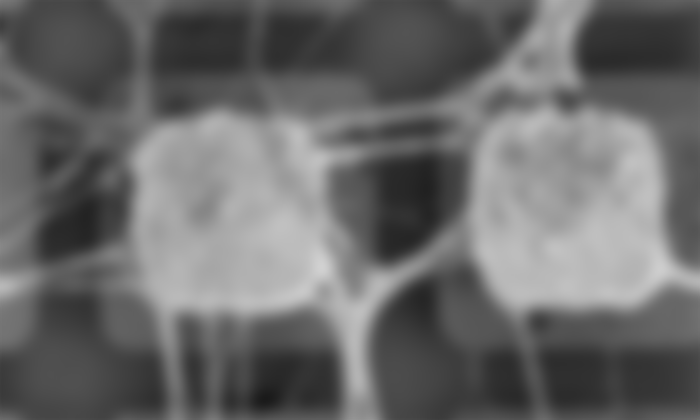
Using stem cells from the human brain to push the boundaries of artificial intelligence even further is the goal of the Neu-ChiP project. Concretely, it is a question here of improving the learning capacity of artificial intelligence (AI) devices by integrating human neurons.
The use of artificial intelligence is very widespread today in several sectors that directly concern us: health (diagnostics, analyzes), finance (high frequency trading), automotive (autonomous vehicles), voice recognition, entertainment (recommendations from movie and music streaming services), etc. Most technology companies, the frontline GAFAs, are investing heavily in machine learning to better understand their customers, predict their behavior and anticipate their needs.
Developers often draw inspiration from the human brain to design their algorithms and AI systems. However, current electronic approaches to machine learning have their limits: in particular, they require ever greater computing power and energy needs to improve. This recent trend towards "neuromorphic computing", which aims to mimic human neuronal activity electronically, could ideally bypass these limitations.
A "paradigm shift" in machine learning technology
The Neu-ChiP project is the result of an international collaboration led by researchers from Aston University (United Kingdom). The team has just started a three-year research program in which they will try to find a way to exploit brain stem cells grown on microchips, as part of solving complex data analysis problems. Enough to truly revolutionize machine learning.
Indeed, human brain cells have exceptional learning capacities (difficult to reproduce artificially), but unlike electronic devices, require very little energy: a small volume of a solution rich in nutrients is sufficient to ensure their good functioning. The researchers in charge of the Neu-ChiP project thus plan to superimpose networks of stem cells from the human cortex on microchips. Then, the cells will be stimulated via variations of light; 3D computer modeling will allow them to observe the changes undergone by cells, and to verify how adaptable they are.
Scientists seek to mimic the natural plasticity of the human brain, which is able to adapt quickly to new information. “ Our goal is to harness the unparalleled computing power of the human brain to dramatically increase the ability of computers to help us solve complex problems ,” says Professor David Saad, professor of mathematics at Aston University. The specialist adds that this project, due to the processing power in question (and the little energy required), could truly trigger a paradigm shift in machine learning technology.
Note that this ambitious project is funded by the Future and Emerging Technologies (FET) program of the European Commission (to the tune of 3.5 million euros) and involves several academic partners: Loughborough University (United Kingdom) , the University of Barcelona (Spain), the CNRS, the Technion Israel Institute of Technology (Israel) and the company 3Brain AG (Switzerland).
Towards a better understanding of brain capacities
Usually, developers of AI systems rely on artificial neurons or electronic circuits that draw heavily on the brain. But the scientists here remind us that the Neu-ChiP project is not just about modeling a network of neural cells. " Our objective is to bring the neural system to a state in which it can perform non-trivial calculations ", underlines Professor Rémi Monasson, research director at the CNRS. Jordi Soriano and Daniel Tornero, from the University of Barcelona, say that training neural circuits in data analysis will also provide new insight into how the brain analyzes information and finds solutions. "The technology developed can even help design unique and exciting human-machine interfaces , ”they add.
Thus, in addition to the progress it would make in the field of artificial intelligence, this project should also allow the aggregation of new knowledge on the functioning of the brain, which could be used to develop new cell-based treatments. strains. As Dr Eric Hill, Lecturer in Stem Cell Biology at Aston University, points out, the ability to transform human stem cells into brain cells has already revolutionized the study of the human brain. And this interdisciplinary project, bringing together international experts from various backgrounds, could lead to new technologies making it possible to go even further in the development of human neural networks.
For Shahar Kvatinsky, Associate Professor of Electrical Engineering, and Daniel Ramez, Assistant Professor of Biomedical Engineering, both at Technion, this project constitutes "a major step" in the development of neuromorphic circuits, combining electronics and biological neurons. " The objective of this project is to revolutionize the way we analyze the information by using complex living neural circuits specifically designed for it " says Paul Roach, lecturer in biomaterials science and interfaces to Loughborough University
